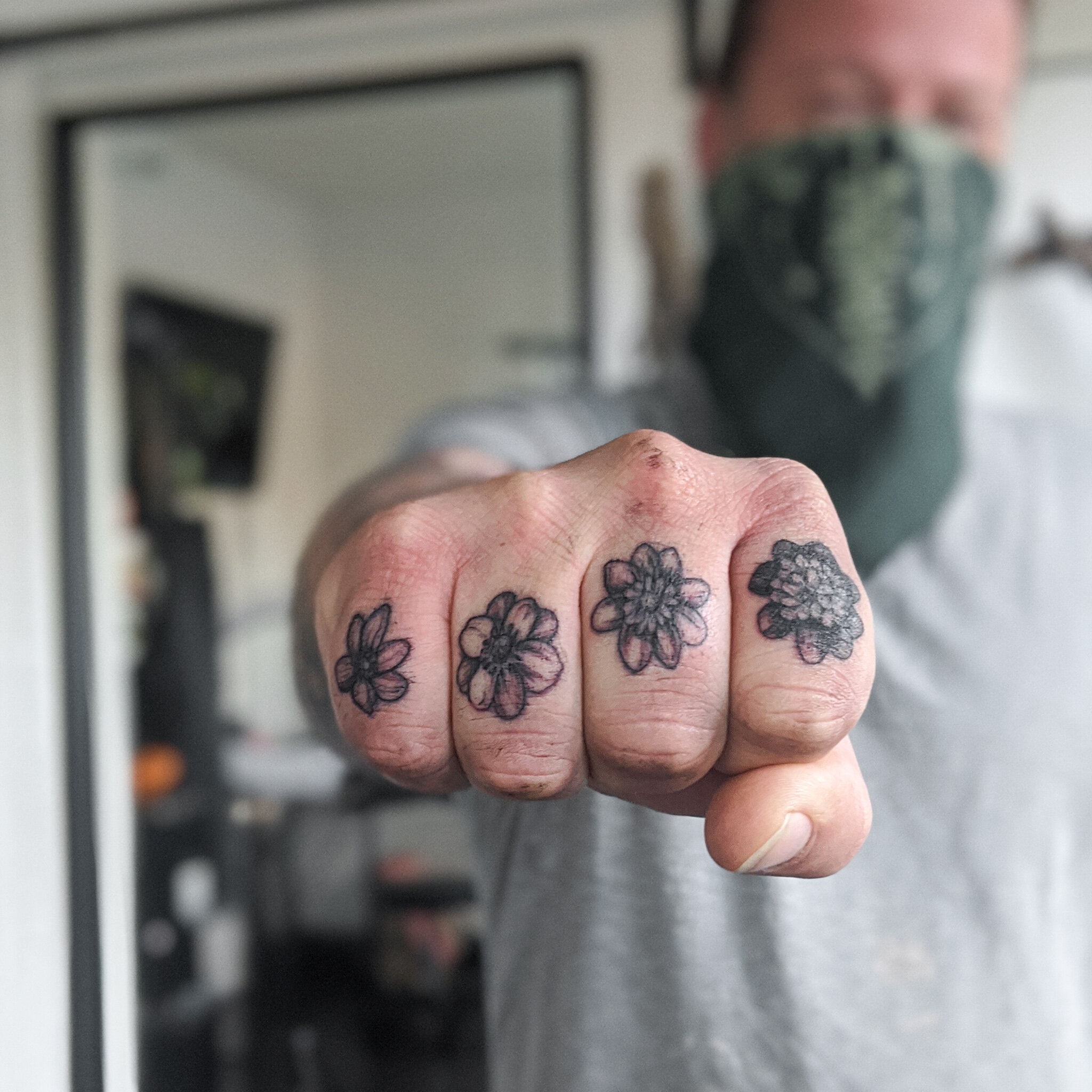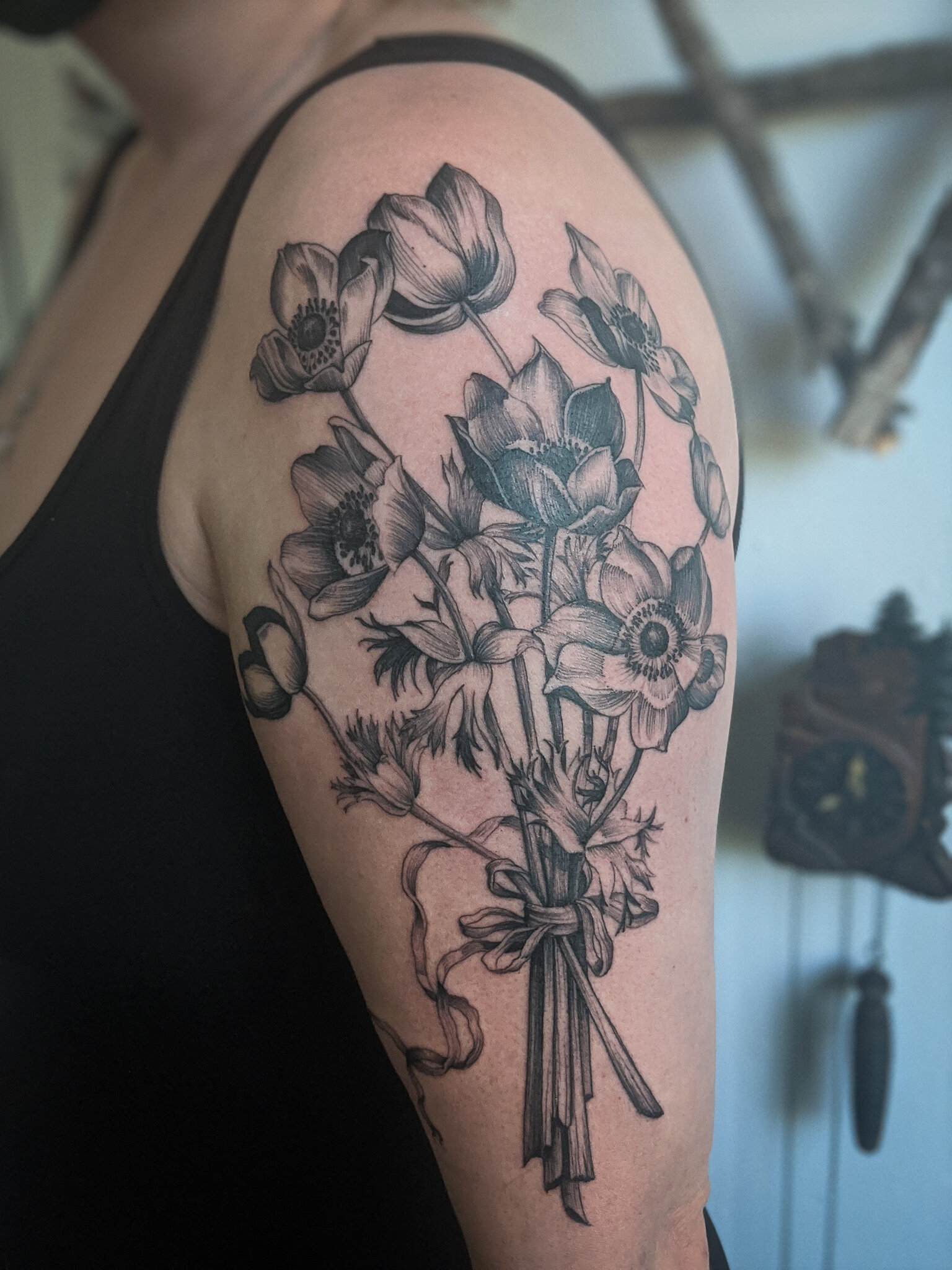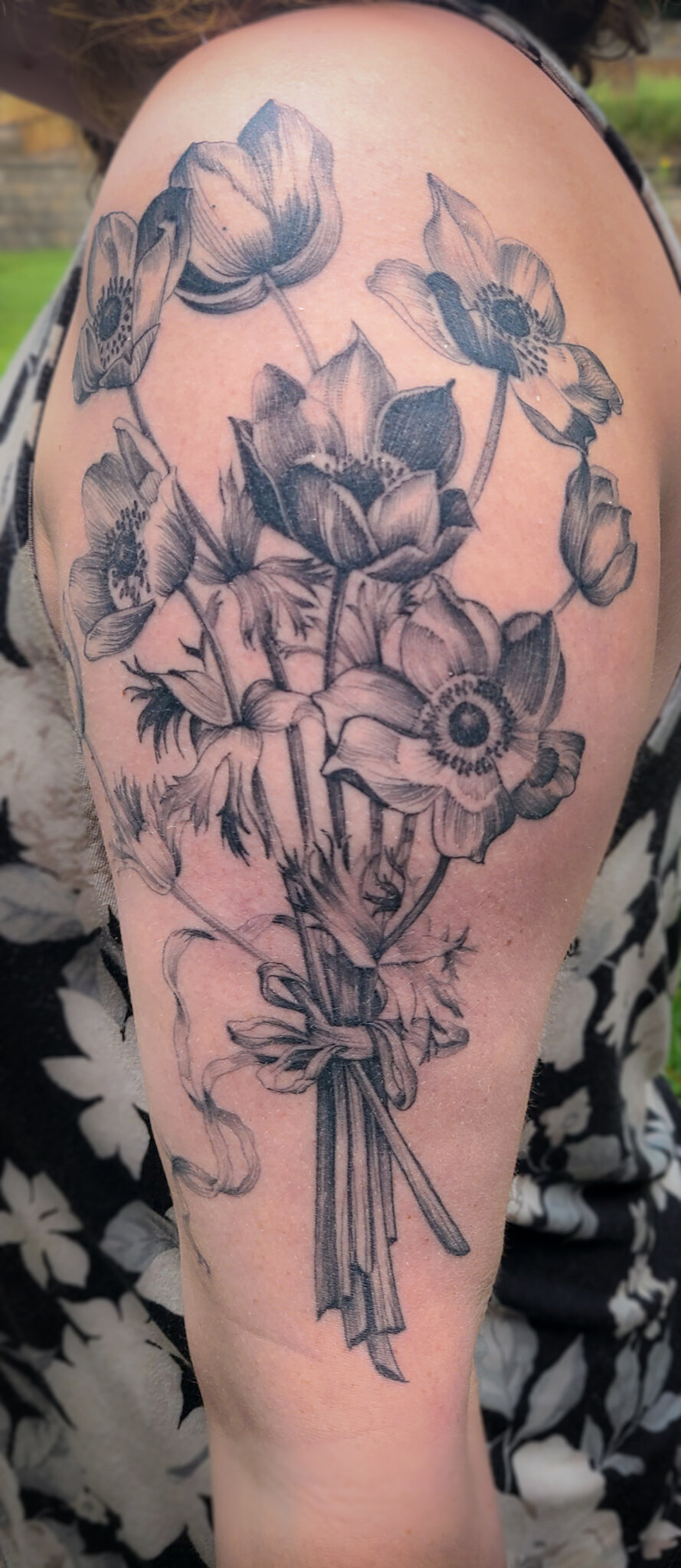The Rookery 2020
/Portland’s Winter Crow Roost
Ever wonder what’s up with the studio name, The Rookery PDX? You can thank these dark-winged winter residents.
Each winter (roughly November-February), tens of thousands of crows migrate into PDX for the winter and gather at night in densely-packed roosts downtown.
Every day, just before dusk, the birds gather in the trees outside the studio windows to caw and squawk about the corvid goings-on before flying downtown as a group at nightfall. For about half an hour at dusk, they encircle us : some preening, some cawing, some feasting on treasures gleaned from nearby restaurants. Some even enjoy getting close to the window for a photoshoot.
Getting to end the short winter days with them is one of my favorite parts about this beloved studio. The roost is a fairly recent phenomenon (first documented in 2013), but is every bit as amazing as the celebrated Vaux Swifts. Check them out flying into downtown any winter evening, and if you have a winter appointment here, expect it to end with ample dark wings. Not so much with the dark words, let’s hope.
To learn more about the roost, check out:
PDX Crow Roost: a citizen science team dedicated to documenting + advocating for our avian urban wildlife.
The controversial hazing initiative intended to break up the downtown roost
Portland Audubon’s take on how to safely life with urban wildlife



































